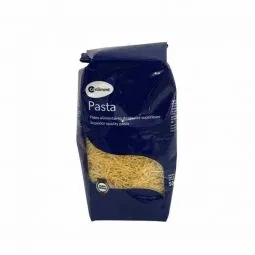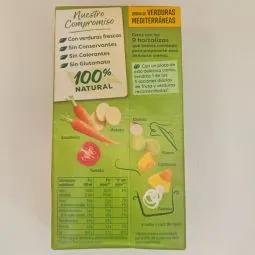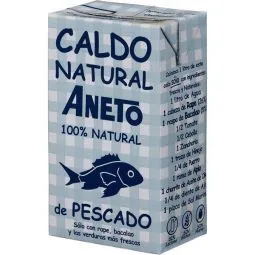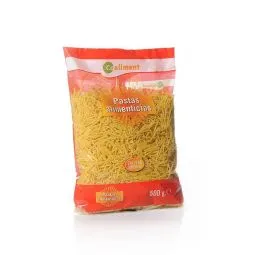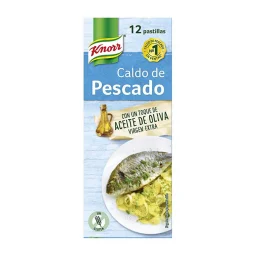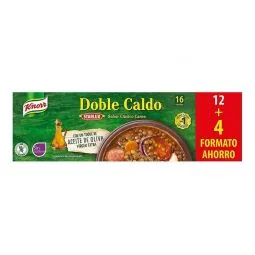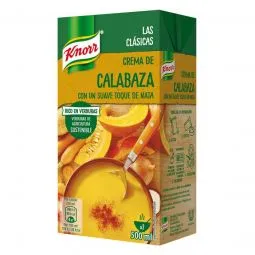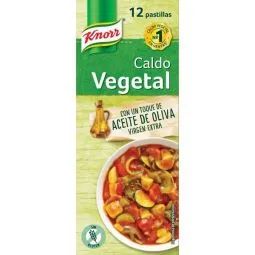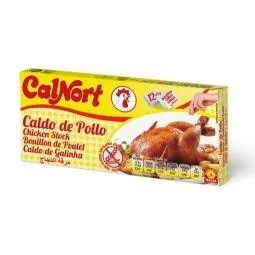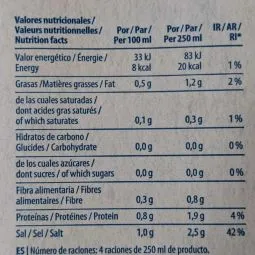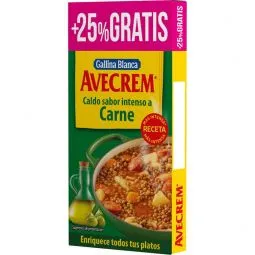Broth and pasta
Use our advanced search
Vegetables Cream
Fish Broth Aneto 100% Natural
Noodles Nº 2
Stock Cubes For Fish Soup Knorr
Knorr Meat Stock Cubes
Pumpkin Cream
Knorr Vegetable Stock Cubes
Chicken Broth Cubes Calnort
Fumet With Fish And Shellfish
Avecrem Meat
1. What’s the difference between broths and creams?
While broths and creams might seem similar at first glance, they differ significantly in texture, ingredients, and culinary purpose.
Broth is a light, clear liquid made by simmering ingredients such as meat, bones, vegetables, or herbs in water. It is typically low in fat and has a subtle, savory flavor. Broths are often used as a base for soups, sauces, risottos, stews, or as a comforting drink on their own. They are hydrating, gentle on the stomach, and great for enhancing flavor in various recipes.
On the other hand, creams (often referred to as "cream soups" or "purees") are much thicker and richer in texture. They are made by blending cooked vegetables, legumes, or other ingredients into a smooth consistency, often adding dairy products like milk, cream, or butter to achieve a velvety finish. Creams tend to be more filling and are usually served as a main or starter dish, especially during colder seasons.
In summary:
-
Broth = clear, light, versatile, often used as a base or consumed as is.
-
Cream = thick, smooth, rich, usually served as a warm, hearty dish.
2. How long does broth last once opened?
Once opened, store-bought broth (whether it's in a carton, can, or jar) needs to be handled with care to maintain freshness and food safety.
Refrigerated storage:
-
After opening, broth should be refrigerated immediately in a sealed container.
-
It will generally stay fresh in the fridge for 3 to 4 days.
-
Always check for changes in smell, taste, or appearance before consuming.
Freezing option:
-
If you don’t plan to use the broth within a few days, you can freeze it in airtight containers or ice cube trays.
-
Frozen broth can last up to 3 months without losing much flavor or quality.
Tips to keep broth fresh:
-
Avoid leaving it at room temperature for more than 2 hours.
-
Label the container with the date of opening.
-
When in doubt, check the manufacturer's label for specific storage instructions.
Proper storage helps prevent spoilage and ensures you get the full flavor and nutritional benefit from your broth.
